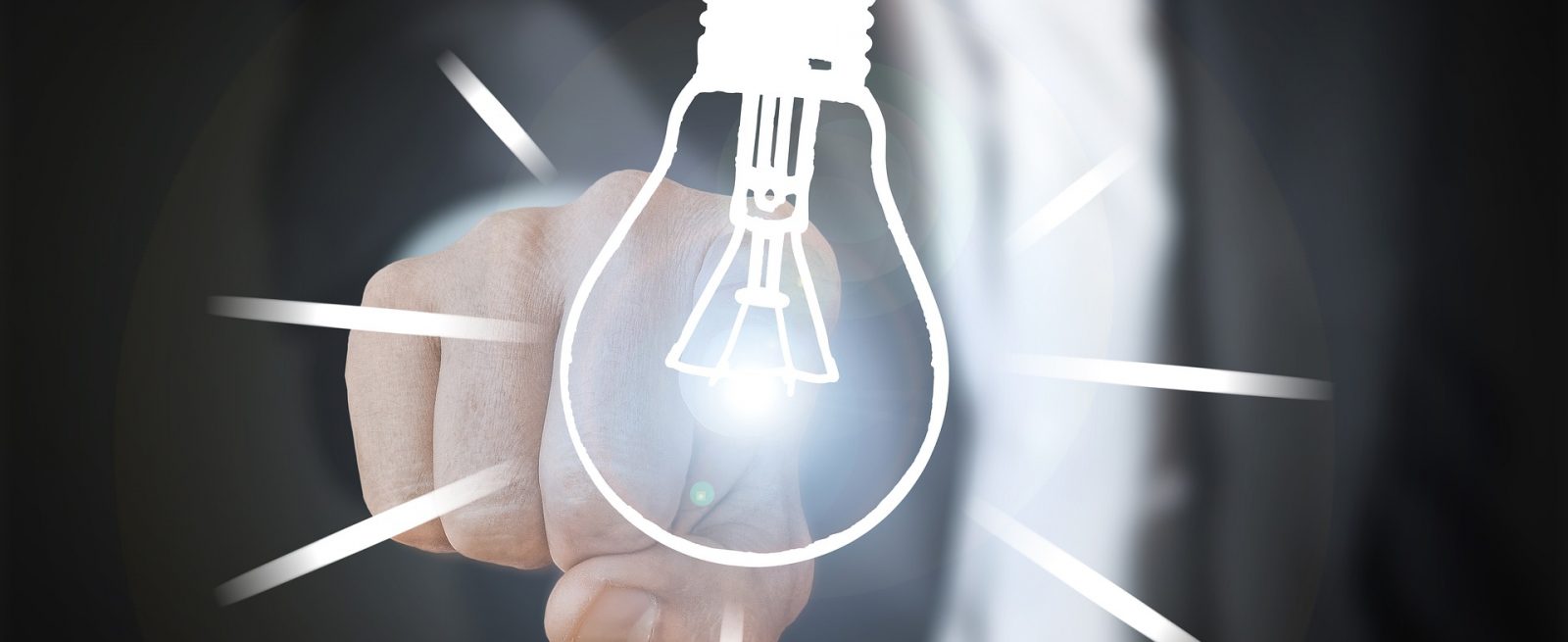Patent the Internet of Things (IoT) in the Food Industry
5 Min Read By Mareesa Frederick, Alyssa Holtslander
The “internet of things” (IoT) is revolutionizing how people live and work. Each day, the IoT grows as companies look for even more ways to connect devices with the goal of collecting and reporting data. As a result, the IoT has touched every industry, including the food industry.
But what exactly is the IoT?
Put simply, the IoT refers to the connection of everyday non-internet enabled devices to the internet. For example, kitchen gadgets and appliances are all examples of devices that can be connected through the IoT. And food companies have greatly benefited from this technology as it has allowed them to, among other things, improve food safety, reduce waste, and keep better track of food production and storage.
For example, at a farm, sensors are being used to help optimize crop production by monitoring the weather conditions, the moisture level of soil, the crop maturity, and even the presence of insects or fungus. These sensors can then be used to help optimize irrigation and determine when and where fertilization is needed. Irrigation or fertilization systems can then be turned on and off automatically, as necessary, based on the sensor data. IoT can also help with food safety to monitor shipping time and food temperature to ensure the supply chain remains temperature-controlled.
The IoT offers many benefits; however, patenting the innovations associated with the IoT does come with challenges. These challenges arise because the IoT comprises a compilation of multiple technologies — devices, software, and systems all interacting together.
The IoT seeks to create new solutions and value for consumers by connecting disparate devices in creative ways.
For example, in optimizing the production of crops, an inventive IoT device could include sensors and switches connected to a central hub that includes specific software to allow for communication between the sensors and switches. Thus, determining out how to best protect such complex inventions requires a thoughtful patenting strategy to ensure your company is building a strong patent portfolio.
How do you build a strong patent portfolio? When seeking patent protection, the focus is on the patent claim. The claims are the heart of a patent and define the scope of the invention. In other words, the claims are the limits of what a patent does, or does not, cover. Below is an example of a patent claim for an IoT refrigerator:
A smart refrigerator IoT management system, characterized by comprising: a refrigerator body, said refrigerator body comprising: a food information collection module, for collecting the food to be stored in the refrigerator and/or stored in the refrigerator basic information of ingredients; embedded intelligent management module for gathering basic information derived ingredients classification, statistics and preservation, food information output module, the basic information for output classification, statistics and the preservation of food.
When drafting patent claims, it is important to ensure they are broad in scope and enforceable against others who may be using your patented technology without permission. In particular, the following considerations are important to keep in mind when dealing with IoT-related inventions:
Know Who is Infringing Your Patent Claim
The IoT seeks to create new solutions and value for consumers by connecting disparate devices in creative ways. An IoT patent covering these technologies will describe how these devices work together in some innovative way. In the patent claim above, for example, the claim includes, among other things, a refrigerator, a collection module, and an embedded management module. In the real world, each of these devices might be made, sold, or used by different entities.
Because an IoT system includes multiple devices sold by different entities, it is conceivable that no single entity will perform all aspects of the claimed invention. This makes proving patent infringement, and thus obtaining damages, from a single entity more difficult.
One way that companies can mitigate or avoid having to show multiple entities are infringing a patent claim is to draft the claims from the perspective of only one device in the IoT system. These claims would capture the entity that makes, uses, or sells that device. For example, a patent claim for a food-tracking device might be a novel data-management control system or server on the internet that receives data from the different production entities, analyzes it, and updates that information available via a QR code (i.e., the “brain”).
Depending on the IoT invention, however, it may not be possible to draft a claim focusing on just one device. For example, such a claim might be not be new, or it may have other patentability issues. For these types of inventions, a company might be able to only obtain a patent on the way that a user, such as a customer, controls the system and obtains benefit from it. For example, an IoT invention that assists a farmer in using GPS and drones to aid in planting straight rows and optimizing the location of irrigation equipment may only be patentable based on how the farmer uses this technology to improve farming techniques.
Make Sure You Claim an Invention that is Eligible for Patent Protection
Another important consideration is patent eligibility. In order to obtain a patent, a patent must claim eligible subject matter. Laws of nature, natural/physical phenomena, and abstract ideas are not considered subject matter that is patentable. For example, one cannot obtain a patent claim on the law of gravity.
Patent eligibility is particularly important for inventions for computer-related technology. Abstract ideas that are implemented on a computer may not be considered subject matter that is patentable. The underlying concern is that companies will seek to obtain patents for well-known methods and systems by merely using a computer to implement them.
Because IoT patents will contain claims directed to computer-related methods of gathering data, subject matter eligibility might be an issue for IoT inventions. Notably, the Supreme Court recently held that patents directed to electronic methods and computer programs for financial-trading systems did not claim eligible subject matter.[1]
Despite this hurdle, a patentee may be able to show that the invention is not abstract by demonstrating that the IoT invention is directed to a technological improvement. To improve the chances for patent eligibility, a patentee should draft the patent claim in a way to highlight the technological improvement the invention makes to existing computing technology.
Seek a Broad Claim Scope
The last consideration is to pursue broad patent claims. IoT technology lends itself to broad claims because the technology can often be implemented in various industries. For example, a shipment tracking system for food deliveries and logistics could also be used to track other types of items outside the food industry. Patent claims should therefore be drafted so that they are broad enough that they do not exclude from infringement a system used an entirely different industry. However, keep in mind that if the claims are drafted too broad, there is a risk that the claims may not be patentable. Therefore, IoT patent applications should be drafted to provide sufficient description and examples to fully describe the breadth of the invention. This will ensure that a company will have great opportunity to enforce its patents, if necessary, in the future.
IoT provides many benefits to the food industry and the technology will continue to grow rapidly. Companies working in this space should take the necessary steps to ensure their IoT patents are as strong as possible to provide the best protection for their valuable intellectual property.
[1]Alice Corp. v. CLS Bank Int’l, 573 U.S. 208 (2014).



